
Static vs Dynamic Website – Which One is Right for You?
When you’re planning a new website, one of the first decisions you’ll face is choosing between a static vs dynamic website. This choice impacts your site’s speed, SEO performance, design flexibility, and maintenance requirements. Whether you’re building a personal portfolio, a corporate website design, an E-commerce store, or even a custom CRM solution, understanding the differences between static and dynamic websites is crucial to making the right decision.
In this post, we'll explain what static and dynamic websites are, their pros and cons, and how they impact SEO and speed, so you can pick the optimal website type for performance.
What is a Static Website?
A static website consists of fixed Static HTML, CSS, and occasionally JavaScript files. Every web page is pre-made and saved on the server exactly as it will be displayed in the user's browser. When a person accesses a static site, the server serves up the requested HTML file directly, no processing or database calls are needed.
Examples of static websites are:
- Personal portfolios
- Informational company websites
- Simple event landing pages
Static Website Advantages
Static websites possess a number of advantages that make them attractive for specific applications:
- Speed and Performance– As static sites serve pre-built pages, they load much faster compared to dynamic sites. For companies who value website speed, this makes them the perfect choice.
- Enhanced Security– Since there is no server-side scripting or databases, static websites are less prone to exploitation.
- Reduced hosting costs- Reduced cost server resources Static sites have very low resource requirements and therefore can even host absolutely free platforms like GitHub pages.
- SEO Speed advantage- The speed of loading data on web pages will be a high priority of the search engines, and it could be a reason why static websites may fare well in the best static websites SEO ranking.
However, not everything is worth having a static site. Static constraints may limit you in case you require frequent updates, dynamic access, or integration into complex portals or custom CRM systems.
What is a Dynamic Website?
A dynamic website creates pages dynamically on the fly based on server-side scripting languages such as PHP, Python, or Node.js. Such websites usually fetch content from a database, enabling interactive functionality and real-time updates.
Examples of dynamic websites are:
- E-commerce websites
- News portals
- Social networking sites
- Membership sites
Dynamic Website Benefits
Dynamic websites excel when you require flexibility and interaction:
- Simple Content Management– Dynamic websites are generally operated on a CMS (Content Management System) such as WordPress, where updates become easy without the need for coding skills.
- User Interaction– Dynamic sites support user logins, shopping carts, search filters, and other interactive functionalities.
- Scalability– They're more appropriate for big sites with hundreds or thousands of pages, where content can be centrally managed.
- Personalization– The content may be personalized to suit users depending on preferences, location or behaviour.
The Limitations of Dynamic Web Sites
- Longer Load Times-Because the server has to handle scripts as well as fetch data and then deliver the page, dynamic websites tend to be slower than static websites.
- Greater Security Threats and Concerns- Increased vulnerabilities An increased number of moving parts come with heightened security concerns and increased protection.
- Increased Hosting Costs- They're more appropriate for big sites with hundreds or thousands of pages, where content can be centrally managed.
- Personalization– Labeled as more server power, which then could have higher costs.
Static vs Dynamic Website – Key Differences
| Feature | Static Website | Dynamic Website |
|---|---|---|
| Content | Fixed, manually updated (Static HTML) | Pulled from a database, easily updated via CMS |
| Speed | Extremely fast | Slower due to server processing |
| SEO | Speed advantage for ranking (best static website SEO) | SEO-friendly but must be optimized for speed |
| Cost | Lower hosting and maintenance | Higher hosting and ongoing costs |
| Security | Fewer vulnerabilities | More security risks |
| User Interaction | Limited or none | Supports advanced interaction |
| Best Use Case | Small, static content websites | Large, frequently updated, interactive sites |
Website Speed- Static vs Dynamic
The speed is the biggest variation that exists between static and dynamic websites.
- Static Sites- Direct content which has been pre-compiled to the browser and usually loads in milliseconds.
- Dynamic Sites-Require the server to run code, use a database, and create the page that will then be transmitted to the browser. This introduces a delay, particularly if the server is slow or experiencing heavy loads.
For companies where speed matters, such as business website design, landing pages, high-traffic marketing campaigns, or mobile-specific projects, a static site tends to take the best website type for performance award.
Static vs Dynamic Website SEO
Search engines prefer sites with fast-loading, mobile-friendly, and secure designs. In the dynamic vs static website SEO competition:
- Static sites are faster, and having speed can boost rankings.
- Dynamic sites are more scalable for content marketing, E-commerce growth, and SEO targeting but require optimization like caching, CDN utilization, and compression of images to be on par with static site performance.
Finally, SEO performance is more a matter of implementation than simply selecting static or dynamic. Still, if your site is slow, it will damage rankings independent of content quality.
When to Select a Static Site
You might want to use a static site if:
- Your content doesn't change frequently.
- You require the quickest possible load times.
- You desire the most secure and affordable option.
- Your site has fewer than 50 pages.
Examples: Event sites, brochure sites, individual portfolios, and small business website design projects.
When to Choose a Dynamic Website
An interactive site is best when:
- You need updates often without programming.
- Your site must support user logins / forms / payment gateways or bespoke CRM integrations.
- You are planning to host a blog, news tabloid or an E-commerce storefront.
- It is essential to your business to personalize or have functionality that is complicated.
Examples: Online stores, social networks, corporate portals (large-scale), business websites (having numerous branches).
When to Select a Static Site
It is possible to avoid the argument between static vs dynamic websites by adopting a hybrid approach in certain situations.
New libraries such as Next.js and Gatsby enable developers to create sites pre-rendered (for performance) but also fetch dynamic content upon demand. This achieves the speed of statics without sacrificing dynamism, ideal for rich corporate website design or E-commerce websites requiring performance as well as interactivity.
Conclusion
Static vs dynamic is not a question of choosing the "better" of two sides, it's about using the proper tool for your requirements.
- If speed, cost, and security are most important to you, a Static HTML website might be the best bet.
- In case your important attributes of the site are some sort of flexibility, scalability and interactivity, a dynamic site will no doubt become your best bet.
Consider your budget, content needs, and long-term business expansion plans before making your decision. Making the right choice today, you are rewarded tomorrow with time, money, and headless days.
Need professional assurance regarding the kind of website to use that is suitable for your business?
Creating the best-performing websites is our business: At Technovisers, we help businesses design high-performing websites, be it in the form of a static, dynamic, or hybrid (as in the case of corporate website development, E-commerce portals, and even highly custom CRM solutions).


